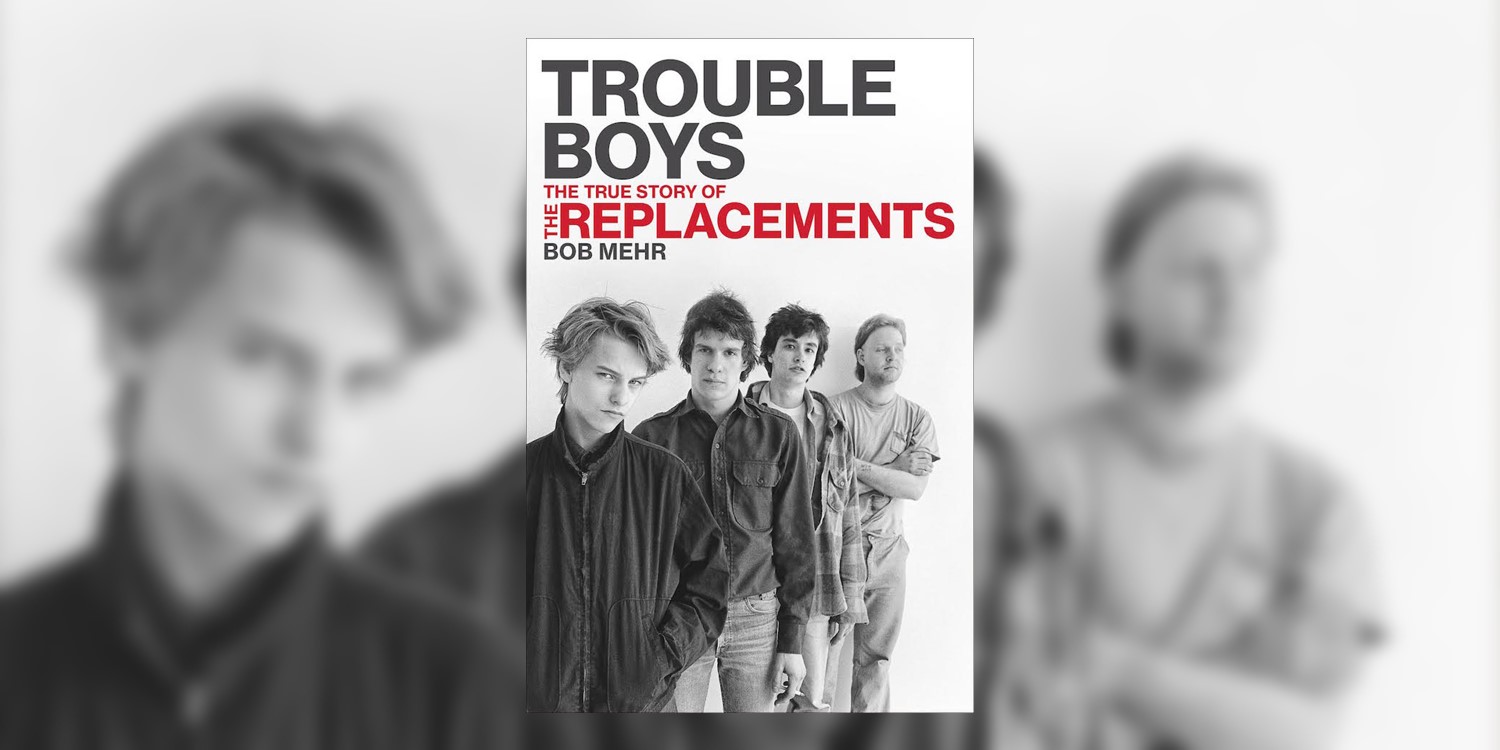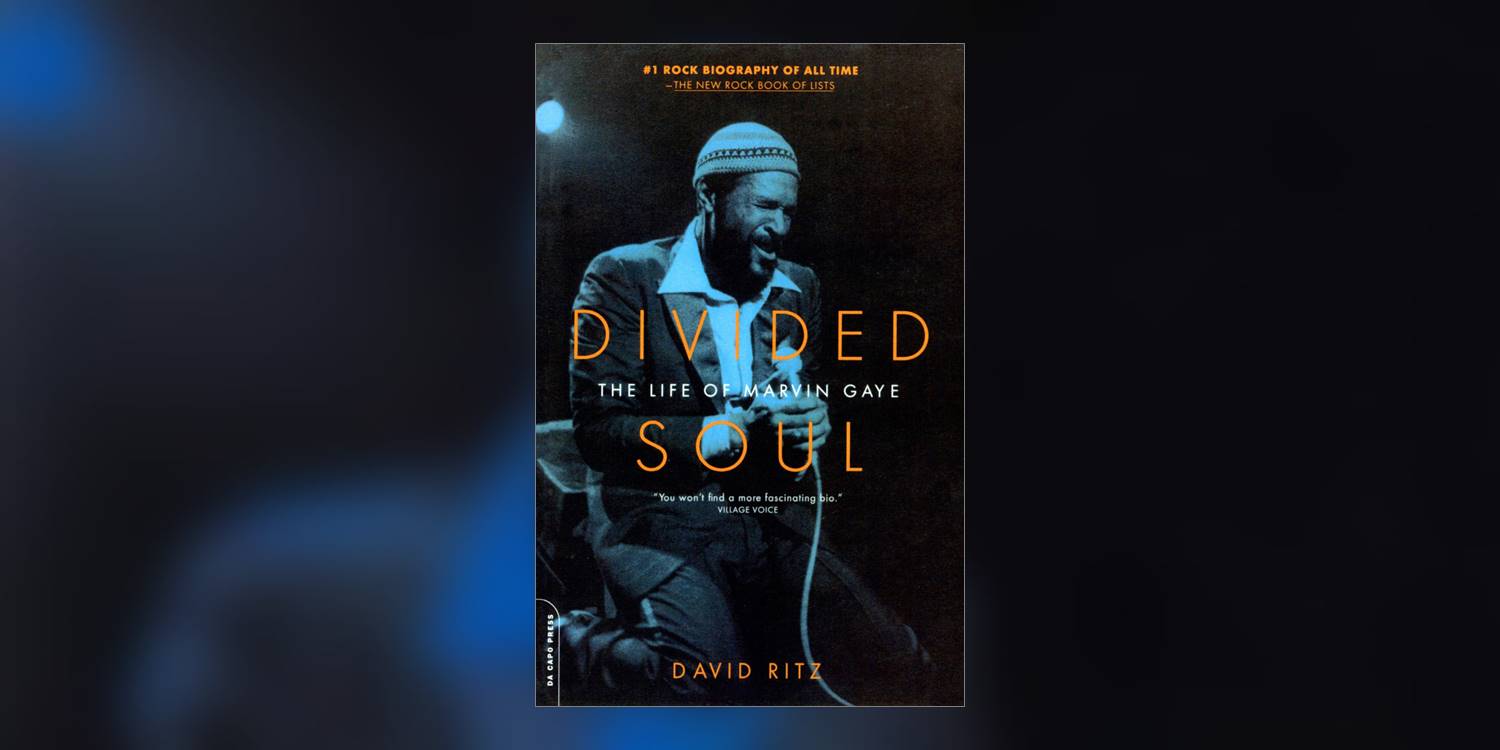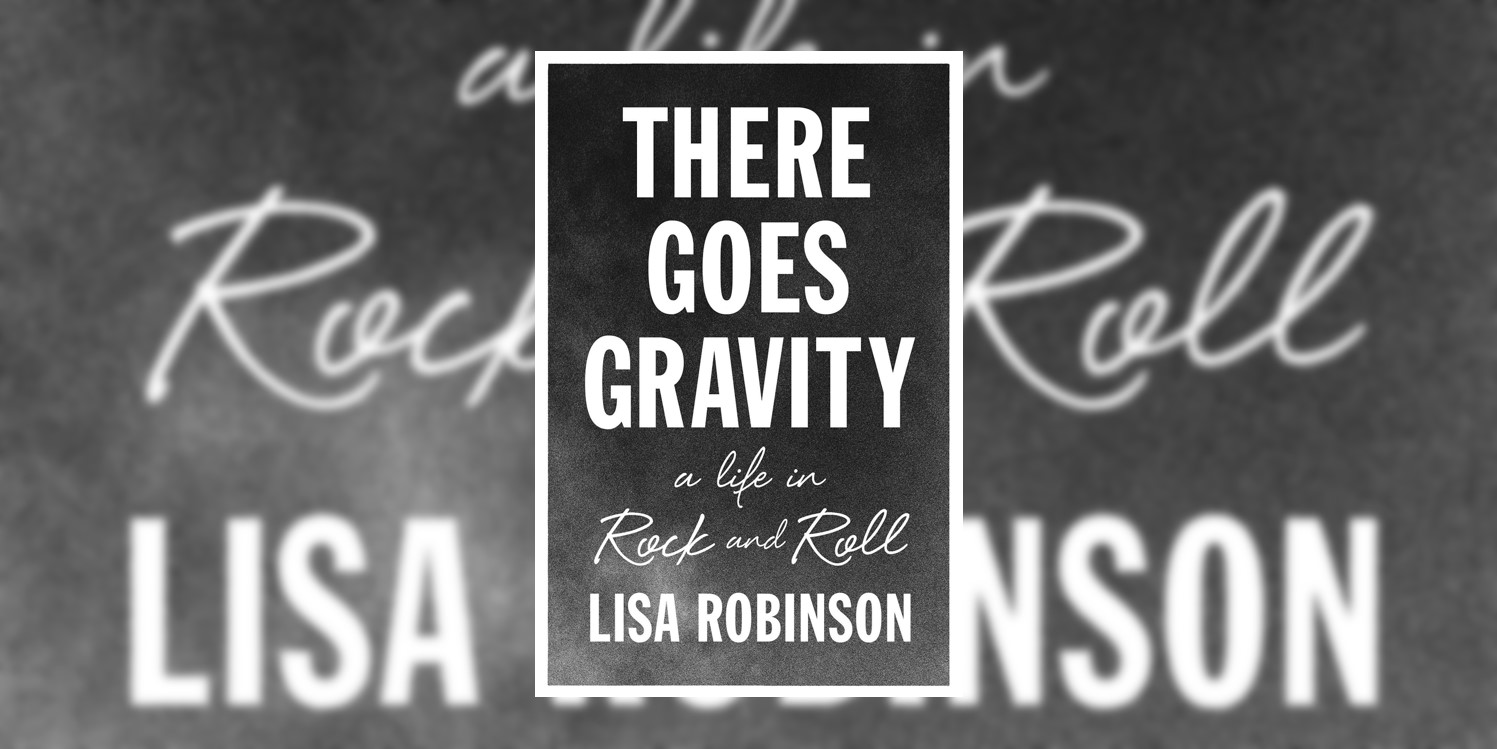Love Saves the Day: A History of American Dance Culture, 1970-1979
Tim Lawrence | 2004
Selected by Quentin Harrison
Disco continues to be a word that riles up audiophiles everywhere—some see it as a tag of unfettered joy and infinite sonic possibilities, other see it as a slur, a turning point toward blatant uniformity and commercialism in popular music.
These and many other conversations take place within the insightful and probing Love Saves the Day: A History of Dance Music Culture, 1970-1979 by Tim Lawrence. Pulling from the legendary disc jockeys of the day, dancefloor devotees, artists and others from the period, Lawrence paints a portrait of how disco came out of a pairing of then-contemporary danceable rhythm and blues records and late 1960s European club culture to form something distinctly new.
There are many noteworthy aspects to Lawrence’s book, however the featured DJ lists from each year of the 1970s are the true treats. They show how the music evolved and intersected along the feverish fault lines of race, gender and sexual orientation. By the book’s end, we all know what happens next, but Lawrence leaves the reader with a sense of awe and respect about the impact of disco and its continued influence on today’s music.
Please Kill Me: The Uncensored Oral History of Punk
Legs McNeil & Gillian McCain | 1996
Selected by Sarah Paolantonio
Please Kill Me: The Uncensored Oral History of Punk is the punk Bible. Co-authored by Legs McNeil, also the co-founder of ‘Punk’ magazine, and Gillian McCain, Please Kill Me is a textbook of stories made from hundreds of original interviews. The cast of characters starts with each member of The Velvet Underground, including Nico, through Iggy Pop, Johnny Rotten, Hilly Kristal, Lenny Kaye, Lisa Robinson, Abbie Hoffman, Andy Warhol, Lester Bangs, Debbie Harry, Bowie, Jim Morrison, Bob Dylan, Elvis Costello, Candy Darling, Miles Davis, and all of the RAMONES. Brian Jones shows up too, as does Brian Eno.
Oral histories are a popular vehicle for telling stories about music. There’s one for the Folk Music Revival, the music scenes of Detroit, New York City, and Seattle. Their usefulness and popularity have spread further than just music, see the tomes on MTV and ESPN. And it all started with Please Kill Me. (McNeil’s other book is an uncensored oral history of the porn industry, The Other Hollywood, published in 2006.)
Beginning in 1967 with the first Velvets record, organized by year and ending with a chunky epilogue titled “Nevermind: 1980-1992,” Please Kill Me was first published in 1996. A lot of punk has happened since. Its focus is on the genre’s beginnings and evolution as an ethos for attitude, fashion, and sound. Debate what you will about when punk started, ended, who did it, and on what continent, but all foundational knowledge is bound to come from Please Kill Me. Revered for its cast and stretch, it’s the first and most complete volume about the genre. You really don’t need another.
Trouble Boys: The True Story of The Replacements
Bob Mehr | 2016
Selected by Libby Cudmore
The only problem with Bob Mehr’s Trouble Boys is that it reminds you how brilliant The Replacements were, so much so that you are tempted to put it down and put on Pleased To Meet Me so that you can give it your full attention. But every sentence is so compelling, so brilliantly spun that you simply cannot walk away. Every character from The ‘Mats themselves to club owners, producers and Minneapolis contemporaries like Bob Mould is given a full biography, immersing the reader in the stories, politics and antics that defined one of punk’s greatest bands.
DanceMusicSexRomance - Prince: The First Decade
Per Nilsen | 1999
Selected by Quentin Harrison
Many have tried to write a definitive book on Prince. As admirable as each entry has been, most are usually found wanting in relation to correctly broaching the greatness of the Purple One’s vast output. But, of the numerous books that have come and gone, Per Nilsen’s DanceMusicSexRomance Prince: The First Decade is arguably the seminal book about Prince’s recorded works.
Settling into the first ten year stretch of Prince’s musical activity from 1978 to 1988—with a fantastic pre-For You (1978) epoch recap beforehand—Nilsen crafts a fascinating review of each album and its corresponding era through his own words and a bevy of curated interviews with Prince’s friends, colleagues, peers and business associates. But it is Nilsen’s gift for specificity that makes DanceMusicSexRomance thrilling for readers and archivists alike with his jaw-dropping itinerary of song listings, diaries and the like for Prince’s own work and those of his countless side projects.
Complicated Game: Inside the Songs of XTC
Andy Partridge & Todd Bernhardt | 2016
Selected by Quentin Harrison
In the last decade, Andy Partridge, the frontman of the English art-pop upstarts XTC, has begun to finally receive his due as one of the great song scribes of his era. So, it was with an eye on Partridge’s pen that Todd Bernhardt approached him to co-partner on a tome to celebrate the songs of XTC. Complicated Game: Inside the Songs of XTC is a proper study of that canon for familiar fans. And for those on the fence about XTC, the book promises to be a quick conduit for their conversion.
In an easy, enjoyable conversation style, Bernhardt and Partridge wind their way from the band’s early post-punk efforts of White Music (1978) and Drums and Wires (1979) to the more ambitious, experimental LPs like Skylarking (1986) and Oranges & Lemons (1989). Throughout the volume, Partridge is acerbic but friendly, curious and constructively critical about his own material. Complicated Game is a must-have companion—and guide—to the gloriously labyrinthine XTC discography.
Conversations with Tom Petty
Tom Petty & Paul Zollo | 2005
Selected by Steven Ovadia
It's a given that this collection of interviews is a must for any Tom Petty fan, but it's a great book for anyone interested in the creative process. The 2005 book is based upon multiple interviews, with about two-thirds of the book focused on Petty's life and career, and the rest a deep dive into Petty's albums, concluding with 2002's The Last DJ.
The book, while getting into Petty's personal history and events, mostly revolves around Petty's music. For someone like myself, who's really more interested in the personal lives of artists only as much as it influences their work, it was a perfect level of intimacy. But when Petty died in late 2017, I was shocked to learn he had had a heroin addiction. That didn't come up in the book, although the emotion and stress of his divorce, which apparently led to the heroin usage, is discussed in the interviews.
The fact that this is a tell-enough, rather than a tell-all speaks to Zollo's desire to understand Petty as an artist. Zollo, a songwriter himself, is not looking for the salacious, but instead is looking to understand what makes Petty tick. The biographical interviews provide a broad-stroke understanding of Petty's life and how it led to his music. But the album-by-album interviews are the real value of the book, helping to thoroughly document how the songs and performances came together and how Petty felt about them all.
Petty's takes on his collaborators, from Bob Dylan to the Traveling Wilburys, are also fascinating. Petty doesn't dish any dirt, but he has lots of insights into the personalities and songwriting processes of his colleagues.
I wish every artist participated in a project like this. It's so much more than a biography, because you have Zollo there, in the text, asking Petty to dig deeper and to clarify. And you have Petty walking you through his extensive catalog. It's not like Petty's work doesn't stand on its own, but hearing him delve into his choices and regrets is an amazing experience.
Conversations with Tom Petty is a compelling read on its own, but it's also a template for other artists, critically documenting their good choices, but also their bad ones.
Everything: A Book About Manic Street Preachers
Simon Price | 1999
Selected by Stephen Lee Naish
The Manic Street Preachers came forth during the early 1990s from a small coal mining town in South Wales spouting out quotes from Camus and Plath and dressed in eye-liner and ladies blouses. Their music was a dazzling mix of Clash punk rock and Guns ‘N Roses stadia, with lyrics that read more like essays. The band’s first decade was a mixture of drama, trauma, loss and redemption and it is this first decade in its brick like form that the book delves into.
In Everything, journalist Simon Price wonderfully lays out the band’s history in great detail, grace and humor. From their early years as punk provocateurs, to their first tastes of moderate success, from the disappearance of their chief lyricist and guitarist Richey Edwards, to their glorious return and to becoming one of the most successful and meaningful bands of the 20th century.
Price also stops the narrative to dissect and expand upon elements of the band’s career that might be mere footnotes in their history, but to fans are beloved: short and sweet bios of each member, the influence of their home country, and just why, whilst they became internationally huge, they barely sold a handful of records in United States. It’s a book for fans written by a true fan and as the band itself has only continued to grow in creativity and adoration, it’s in dire need of a fully updated edition.
Life
Keith Richards | 2010
Selected by Justin Chadwick
Arguably the living embodiment of the rock & roll dream, Keith Richards’ irreverent disposition, weathered exterior and devilish grin have charmed many a Rolling Stones fan over the past six decades. But above all else, he is beloved by millions for his magnetic guitarwork and memorable riffs, which together with Mick Jagger’s swagger-fueled vocals, have solidified the Stones’ staying power.
One of the most readable and thoroughly engrossing musician memoirs ever published, Life is the perfect encapsulation of Richards’ story as defined by his undying love for music, his unwavering commitment to his craft, and his penchant for indulging in excess. He also sprinkles a fair amount of his unique brand of humor into the proceedings, taking jabs at Jagger as warranted.
And if you ever doubted that his guitar is among his closest companions, he explains, “I firmly believe if you want to be a guitar player, you better start on acoustic and then graduate to electric. Don’t think you’re going to be Townshend or Hendrix just because you can go wee wee wah wah, and all the electronic tricks of the trade. First you’ve got to know that fucker. And you go to bed with it. If there’s no babe around, you sleep with it. She’s just the right shape.”
Divided Soul: The Life of Marvin Gaye
David Ritz | 1985
Selected by Justin Chadwick
Culled from a series of conversations that Ritz had with Gaye in the early 1980s and published soon after Gaye’s tragic death at the hands of his father’s gun in April 1984, Divided Soul offers readers a rare window into the dichotomy between the singer’s public triumphs and his private torments.
While Gaye was revered throughout his career as one of soul music’s most powerful and flawless voices who unified people of different backgrounds through his songs, Ritz’s biography examines the multiple demons—familial, spiritual, romantic, sexual and professional—that Gaye struggled to reconcile throughout his lifetime. Reading at times like a confessional—and presumably cathartic—psycho-therapy session, Gaye was remarkably forthcoming to Ritz, divulging such private ruminations as, “I suppose I’ve always been obsessed with the notion of another man making love to my woman. In my fantasy, that man is always more powerful than me. He alone can satisfy her, while I can only watch.”
Destined to forever alter the way that you perceive Gaye’s already distinctive cultural legacy, Divided Soul also encourages greater empathy and understanding for the man behind the music.
There Goes Gravity
Lisa Robinson | 2014
Selected by Sarah Paolantonio
Lisa Robinson is one of the godmothers of rock criticism. For a long time she was a columnist and critic for the New York Post before her work was syndicated in The New York Times. She traveled the world with Zeppelin and The Stones acting as the latter’s press agent. She introduced Bowie to Lou Reed at a private dinner. She went to Paris with the Ramones and saw The New York Dolls play the infamous Mercer Arts Center before it crumbled on the audience. There Goes Gravity is a collection of her work spanning her life covering everyone from The Clash and Elvis Costello to Jay-Z and Lady Gaga.
Robinson’s story starts in the same way as many in her generation: cuddling up to the radio under her pillow after lights out to hear rock & roll. Her interviews with Michael Jackson are the most compelling. Apparently she was the only person he got out of character for and turned off his public, baby voice. Her interview with John and Yoko in their living room in The Dakota is like listening in on old friends. The photos of Robinson with Eric Clapton, Patti Smith, Smokey Robinson, Elton John, and the one with her making prank calls with Mick, are her yearbook.
Documenting a rock & roll industry of years gone, Robinson’s memoir is a reporter’s glory of concise storytelling as history.











